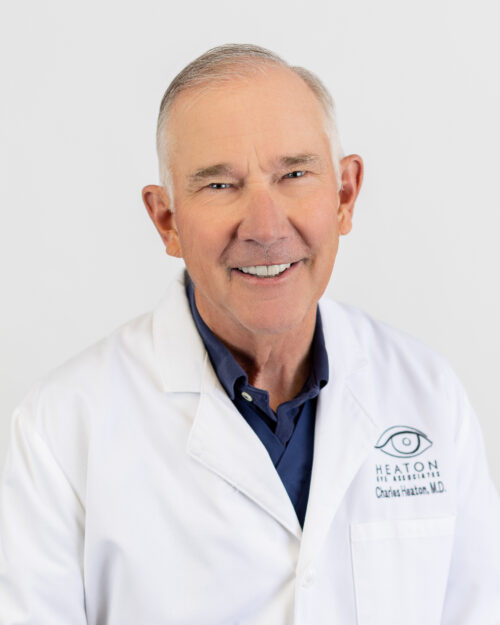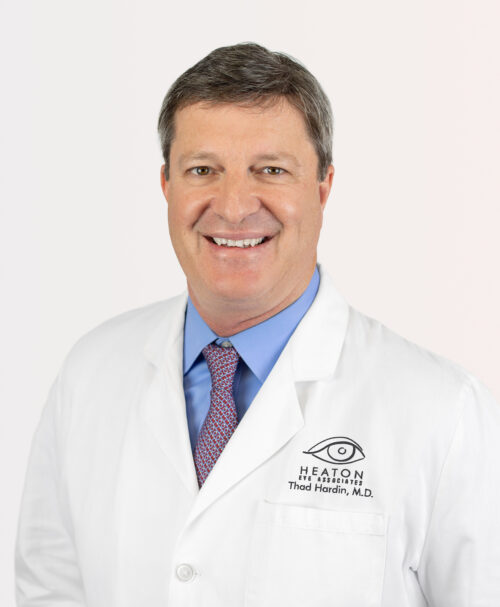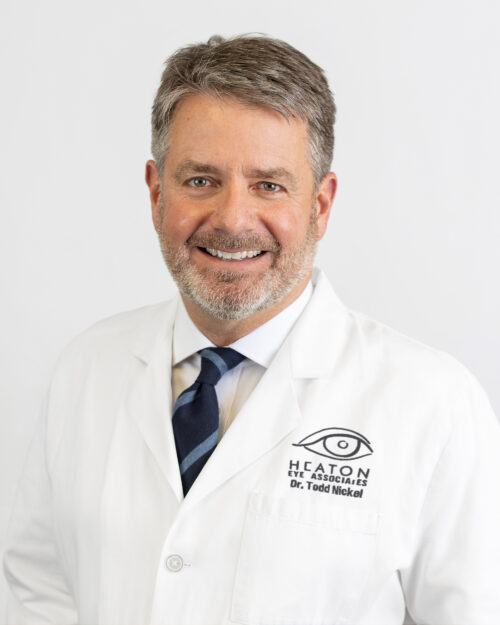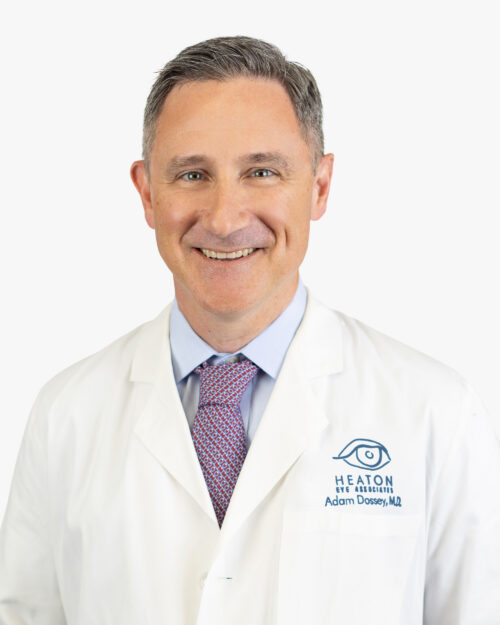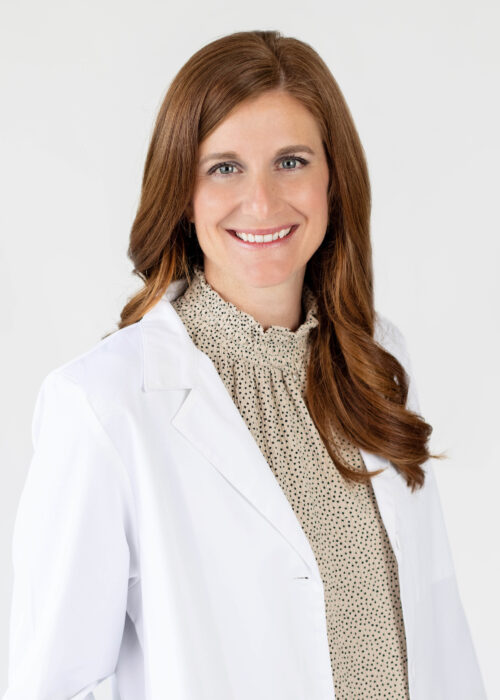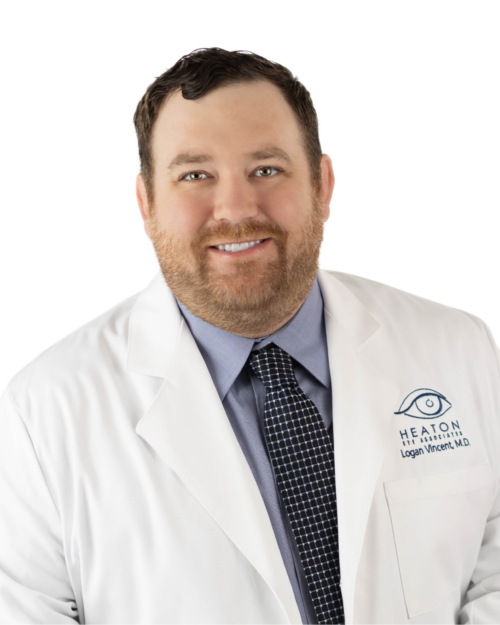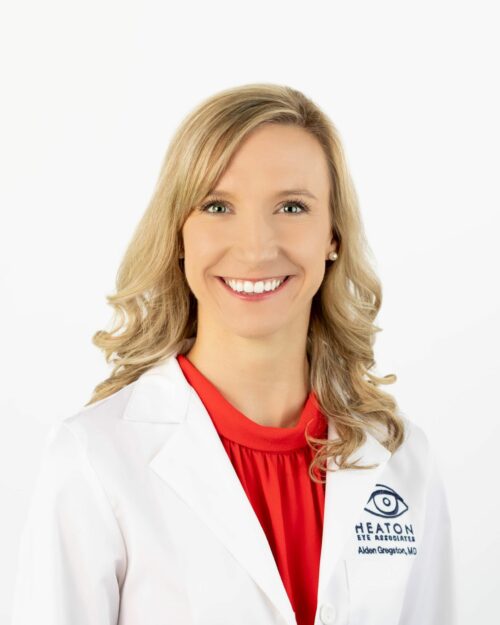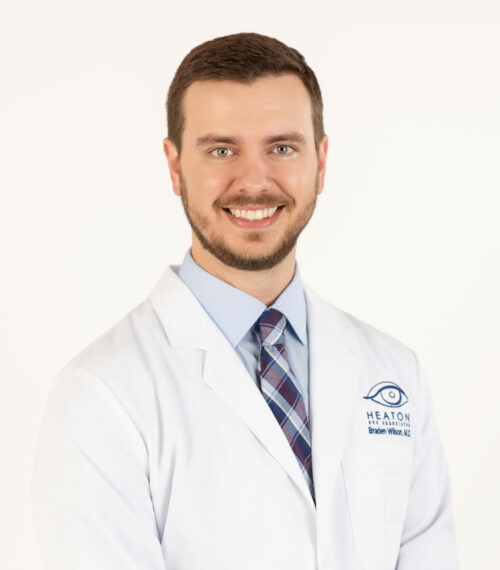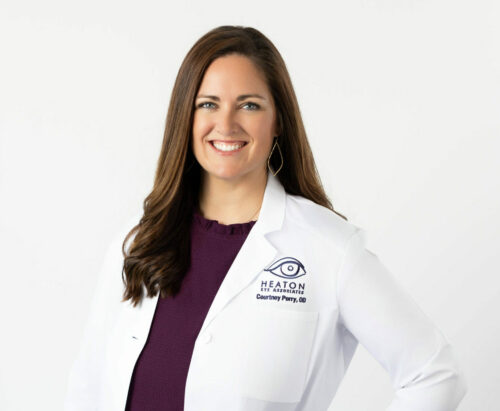Dry Eye Treatment
for Patients in Tyler, Athens, Longview, TX & All of East Texas
What is Dry Eye Syndrome?
Dry eyes, a common eye problem, is caused by lack of tear production. Tears normally keep the eyes moistened and lubricated. However, stinging, burning, dryness, and redness will result if enough tears are not produced to keep eyes wet and comfortable. While discomfort is the primary result of dry eyes, infection and corneal scarring may occur if left untreated.
At Heaton Eye Associates, our certified opticians are here to address your dry eye concerns, diagnose your situation, and develop a treatment plan that suits your specific needs. From identifying the severity of your case to going over your dry eye treatment options, we’ll be with you every step of the way.
We take pride in serving patients in Tyler, Athens, Longview, Beaumont, Bryan, College Station, Conroe, Dallas, Houston, Jacksonville, TX, and all of East Texas.
Contact one of our offices today to schedule an appointment!
What is Tear Film?
Tear film, which constantly covers the eye, is made up of three layers. The oily outer layer reduces evaporation of the tears. The watery middle layer cleanses the eye and washes away foreign particles or irritants. The inner layer consists of mucus which coats the surface evenly and allows the tears to adhere to the surface of the eye.
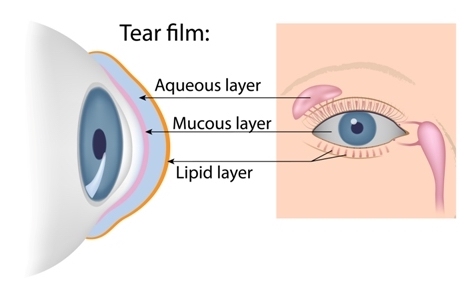
Tear Production
Tears flow into the eye from two separate glands. The lacrimal glands, which are located above the eye, produce watery tears to moisten the eye. These tears also serve as “crying tears” which are released in response to injury and emotion. The tarsal glands, located in the eyelids, produce a tear film which constantly moistens and lubricates the eye.
The tear film is spread over the eye by blinking, keeping the surface of the eye smooth and optically clear. Tears also protect the eye from infection, since they contain a substance called lysozyme that acts as an antibacterial agent. Tears drain from the eye through two small openings called the upper and lower punctum. From the punctum the tears drain through the tear sac and out into the nasal passages through the nasolacrimal duct.
What are the Symptoms of Dry Eyes?
Patients with dry eyes often complain that their eyes feel gritty, itchy and dry. Other common symptoms include burning, stinging, redness, stringy mucus and sensitivity to light. Some patients may experience their eyelids sticking together in the morning. Patients with dry eyes may also have difficulty wearing contact lenses, which normally float on top of the tear film. If not enough tear film is produced, irritation and redness may result from the contact lens rubbing against the surface of the eye. Surprisingly, watering of the eyes is also a symptom of dry eyes, as excess tears are produced in response to irritation. However, these excess tears are “crying tears” which consists mostly of water. The excess tears lack the oil necessary to keep them from evaporating and, therefore, do not function to lubricate the eye.
What Causes Dry Eyes?
Normally, tear production decreases with age, leaving the delicate eye tissues exposed to the irritating effects of the environment and pollution. Dry eyes are more common with contact lens wearers and women, especially during change of life or pregnancy. Dry eyes often occur in patients with arthritis. Medications and Vitamin A deficiency may also cause dry eyes by reducing tear secretion. In addition, environmental factors such as sun, wind, pollution, dry air from heating or air conditioning and smoke contribute to the occurrence of dry eyes. Finally, abnormal eyelid location may cause dry eyes.

How are Dry Eyes Diagnosed?
Dry eyes are often diagnosed with a dye test or simple eye examination. The Schirmer test, which measures tear production, may be used. In the Schirmer test, filtered paper strips are placed just inside the lower eyelid to measure the rate of tear production.
In some cases, temporary closure of the punctum may be performed to determine if eye discomfort is due to dry eyes. A tiny implant, smaller than a grain of rice, is painlessly placed in the tear drainage canals. The implants permit only a small percentage of tears to pass into the nasal passages, thus building up a layer of tears on the surface of the eye. The implants are absorbed by the body in a few days, giving the patient and doctor time to evaluate the effectiveness and comfort provided by an increase in the amount of tears on the surface of the eye.
How are Dry Eyes Treated?
Artificial tears and ointments are the most common treatment for dry eyes. Eye drops are used to lubricate the eyes and replace missing moisture. Some patients who are sensitive to preservatives require special preservative free artificial tears. Slow release medicine inserted just inside the lower lid which gradually releases moisture during the day is also helpful. Difficulty opening the eyes in the morning may be treated with an ointment at bedtime. Patients who suffer from dry eyes can also take steps to prevent the evaporation of tears. Using a humidifier to add moisture to the air and avoiding smoke, wind and other irritating conditions may provide relief.
If artificial tears alone fail to provide sufficient relief from dry eyes, soft contact lenses may be used to keep moisture on the surface of the eye. Soft contact lenses have a tendency to absorb water and other fluids and act as a bandage which protects the cornea. When used to treat dry eye, soft contact lenses trap artificial tears and medicine drops on the surface of the eye, thus providing needed moisture and lubrication.
In some cases, the punctum must be permanently narrowed or sealed to keep the tears from draining out of the eye quickly. The punctum may be blocked by the insertion of permanent punctum plugs. Unlike the dissolvable type used in testing, these plugs remain in place unless removed. The punctum can also be narrowed or blocked using surgical techniques or lasers. This procedure can usually be performed in the office and is painless, as a local anesthetic is administered before the treatment. Although it is possible to reopen the punctum once it has been closed, the need to do so is rare.
If you are suffering from dry eyes or other eye discomforts, you should obtain a complete eye examination. Left untreated, dry eyes can lead to other more serious conditions, including corneal ulcers, infection and conjunctivitis.
iLUX® MGD Treatment System

Dry eye is a chronic disease that affects over 30 million people in the U.S. and is caused by deficiencies in the quality and quantity of the tear film. Those suffering with dry eye often struggle with symptoms such as redness, irritation, tearing, and blurry vision. Many try to treat the condition themselves with artificial tears, but continue to experience uncomfortable symptoms, sometimes interfering with their lives.
Approximately 86% of those suffering with dry eye have Meibomian Gland Dysfunction (MGD), and we are now pleased to be able to offer real, lasting relief. We’re excited to introduce a revolutionary treatment for dry eye – the iLUX® MGD Treatment System.
What is MGD?
MGD occurs when the meibomian glands are blocked and unable to release enough of the essential oily layer of the tear film that coats and protects the front surface of your eye. Without enough of this essential oil, the tear film evaporates, leading to chronic dry eye.
How is MGD Diagnosed?
During your examination, our dry eye experts will run advanced diagnostic testing to discover the root cause of your dry eye. If MGD is detected, the iLUX treatment may be recommended.
Fast and Effective
iLUX® has been shown to significantly reduce dry eye symptoms. Because dry eye is a chronic disease, it is typically necessary to need ongoing treatments – but patients experience relief between treatments.
There’s no need to suffer from gritty, irritated dry eyes any longer! Call us at (888) 658-6974 to schedule an appointment with our Dry Eye Experts, or fill out the form below, and let us help you with a treatment plan customized just for you.
Relief for Irritated Allergy Eyes
Studies have shown that allergies are on the rise, and that means more people are suffering with irritated eyes due to allergies. We offer a number of combination treatments and prescription drops for eye allergies that can help reduce redness, itching, tearing and burning. These medications are known to provide quick relief. Our specialists can also recommend a number of non-prescription treamtment options to help alleviate uncomfortable eyes due to allergies.
There’s no need to suffer from gritty, irritated dry eyes any longer! Call us at (888) 658-6974 to schedule an appointment with our Dry Eye Experts, or fill out the form below, and let us help you with a treatment plan customized just for you.

